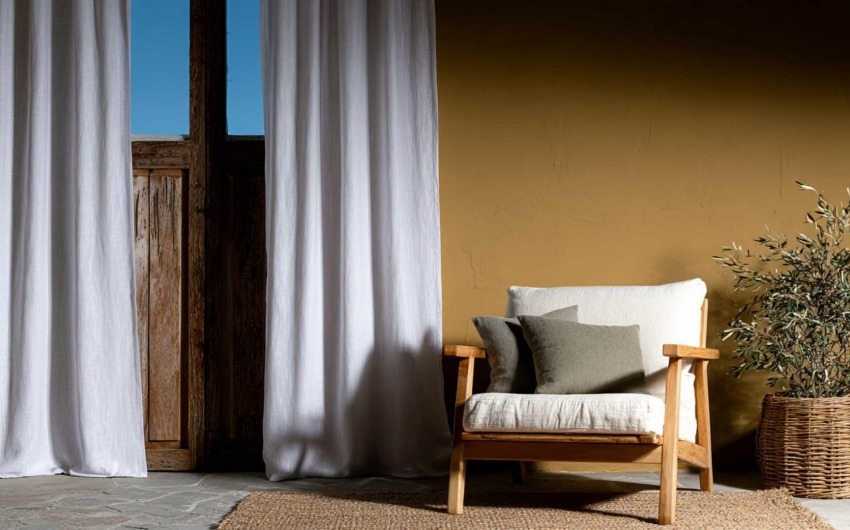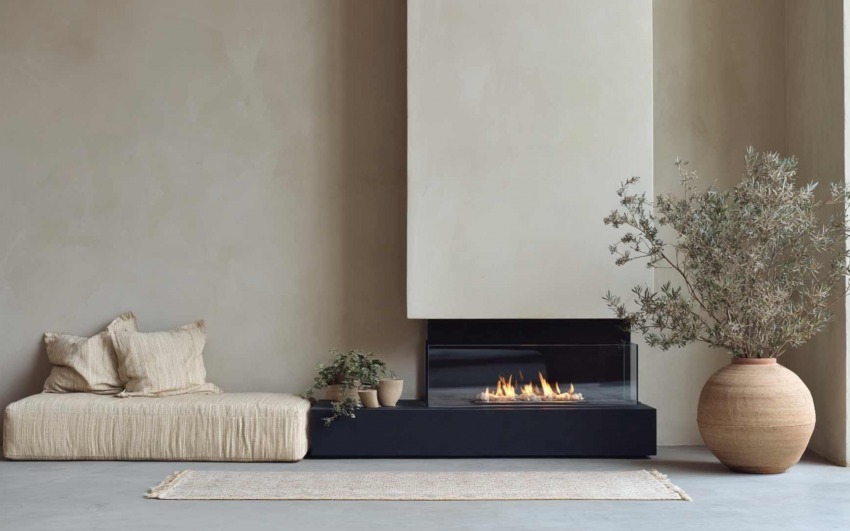3/21/2025
1. What is Wabi-Sabi?
The concept of Wabi-Sabi originates from Japanese culture and is based on three fundamental principles:
Wabi (侘): Simplicity, humility, and the beauty of modest things. A raw ceramic vase or an untreated wooden table are perfect examples.
Sabi (寂): The appreciation of time’s passage and the beauty of wear. An antique piece of furniture with visible signs of use carries an aesthetic value that tells a story.
Acceptance of imperfection: The core idea of Wabi-Sabi is that nothing is eternal, perfect, or complete—yet it is precisely this transience that makes things beautiful.
Practical Example
A wooden coffee table with visible knots and grain, perhaps with slight signs of aging, has an authentic charm that a perfectly lacquered and polished piece could never convey.
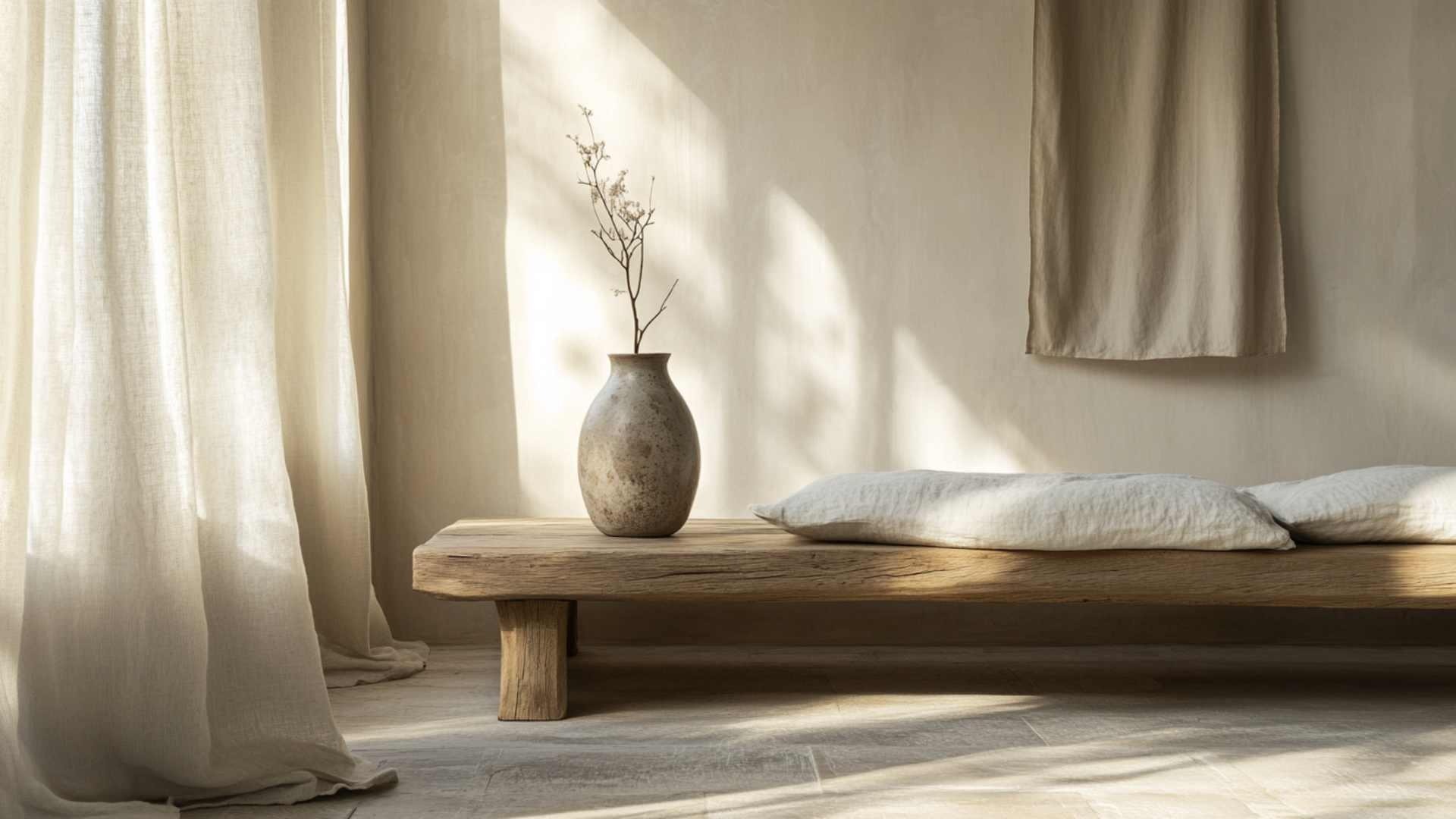
2. Asymmetry as a Design Choice
In Western design, symmetry is often associated with order and beauty, but Wabi-Sabi teaches us that asymmetry is more natural and interesting.
Avoid rigid layouts: A living room doesn’t need a perfectly centered sofa with two identical lamps on either side. A slightly off-center lighting arrangement or a mix of different seating options creates a more dynamic environment.
Mix different objects: A set of plates with slight variations in shape and color adds character to a dining table.
Let space breathe: Not every surface needs to be filled. A bare corner with a single sculpture or plant can be more impactful than a wall overloaded with decorations.
Practical Example
A bookshelf with irregularly spaced shelves and objects arranged in a non-symmetrical manner makes the space feel more spontaneous and natural.
_678961bfb4_.jpg)
3. Natural Materials and Raw Textures
One of the fundamental principles of Wabi-Sabi is the use of authentic, untreated materials.
Raw wood: Tables and chairs with irregular surfaces and visible imperfections.
Handmade ceramics: Plates and vases with slight variations in shape and glazing.
Raw linen and cotton: Soft, unpressed fabrics with a natural texture.
Oxidized metals and raw stone: Wrought iron details or marble with strong veins.
Practical Example
A kitchen with a natural stone countertop, featuring irregular veins and imperfect edges, is far more inviting and interesting than a kitchen with synthetic, perfectly smooth surfaces.
_2d964f71bb_.jpg)
4. Time as an Aesthetic Element
Wabi-Sabi celebrates the effects of time on objects and spaces.
Don’t hide signs of use: A wooden floor with scratches and imperfections tells a story and adds character to a home.
Restore and repurpose: Instead of replacing old furniture, highlight its original beauty with a new finish or leave it as it is.
Use natural decorations: Moss, dried branches, or aged leaves bring an authentic and delicate charm to a space.
Practical Example
A family heirloom dining table with visible signs of age can become the focal point of a living room, making it unique and rich in meaning.
_18c66015ca_.jpg)
Wabi-Sabi is more than just a decorating style—it’s a philosophy that encourages us to slow down, appreciate simplicity, and embrace imperfection. Creating a space inspired by this aesthetic means abandoning the obsessive pursuit of perfection and choosing materials, objects, and furnishings that tell a story.
In your home, imperfection is not a flaw—it’s a value.
_14077b47db_23.jpg)
Interior Designer since 1985
CEO & Founder, Italian Design in the World
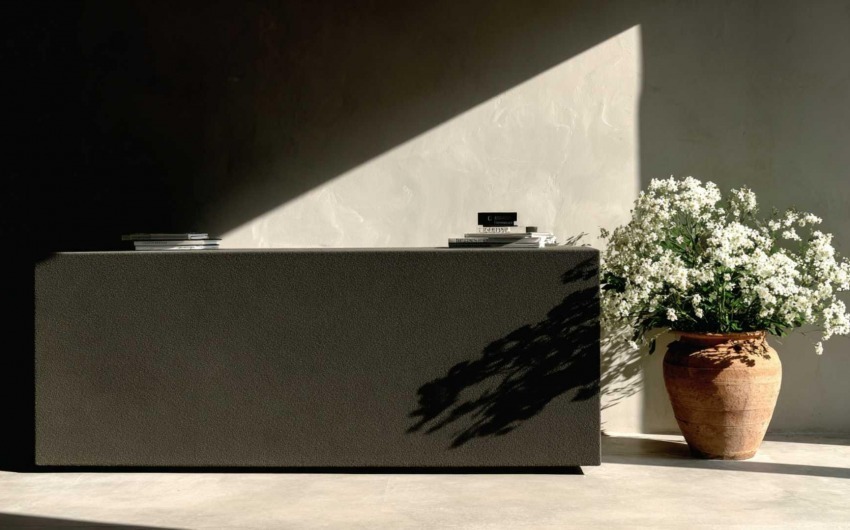
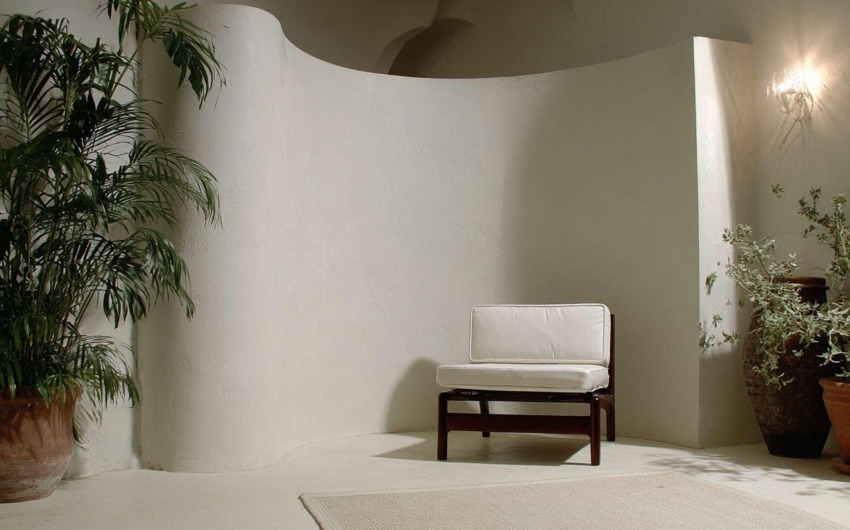
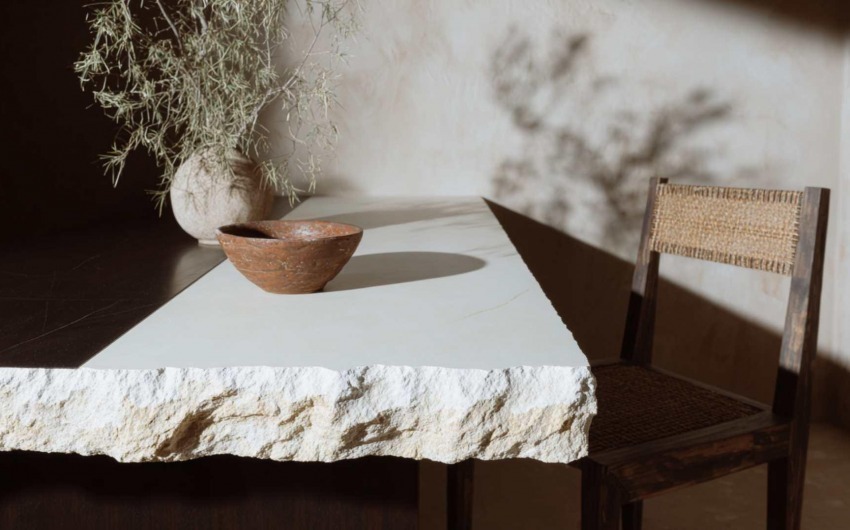
_0f565b1edb_633.jpg)
